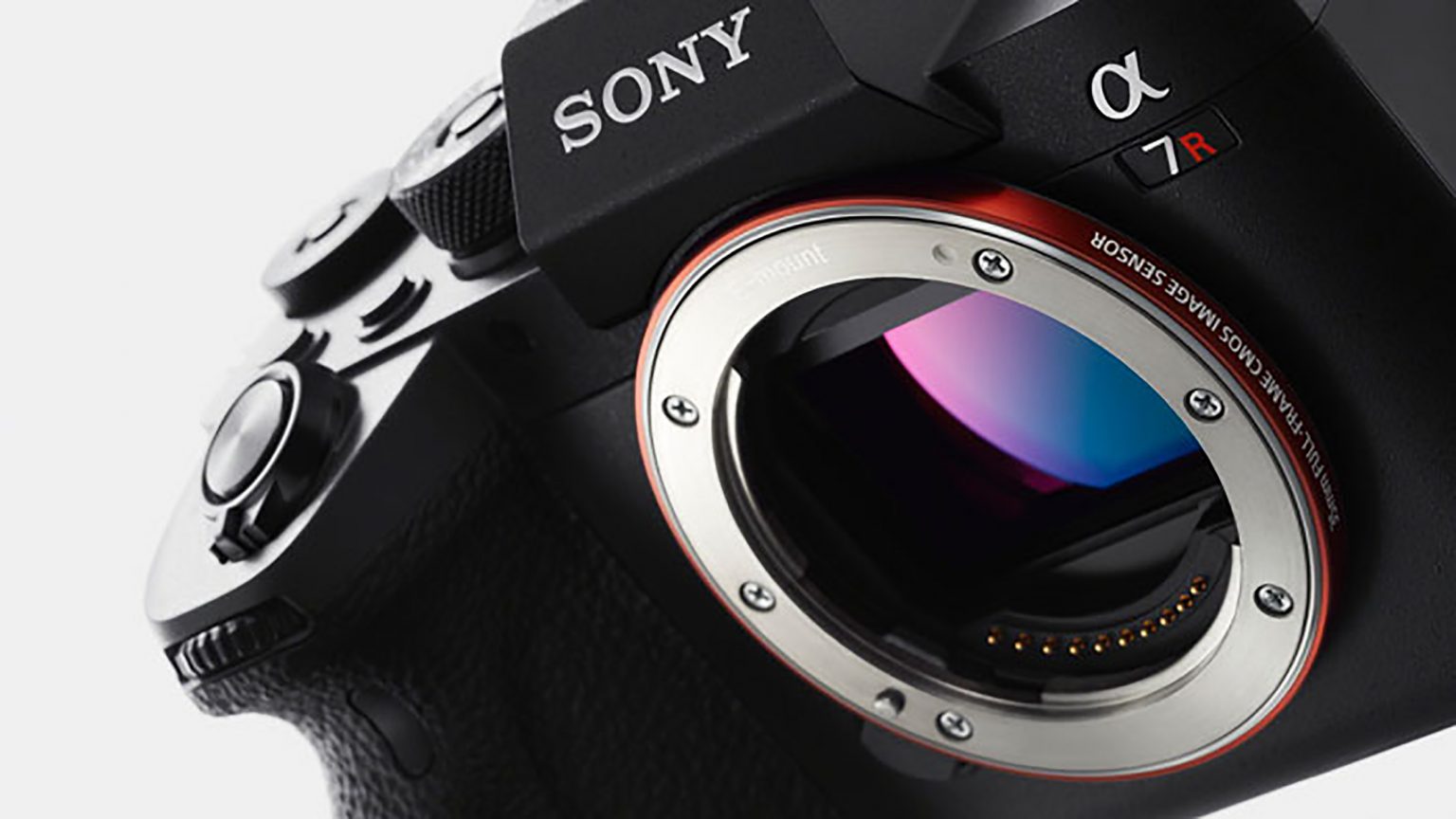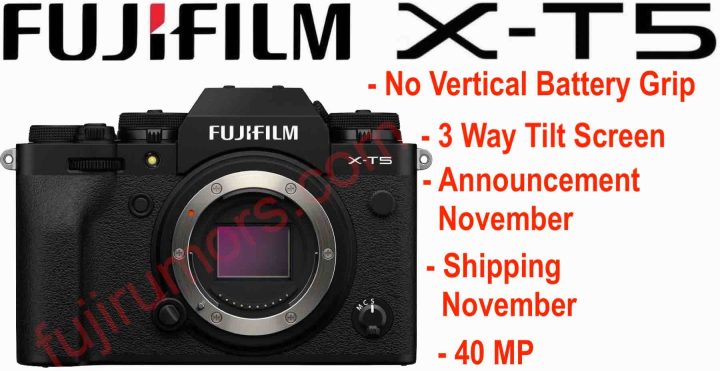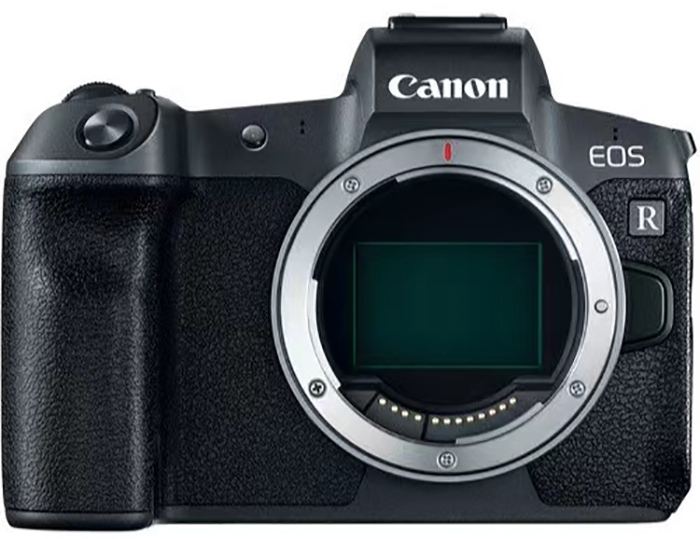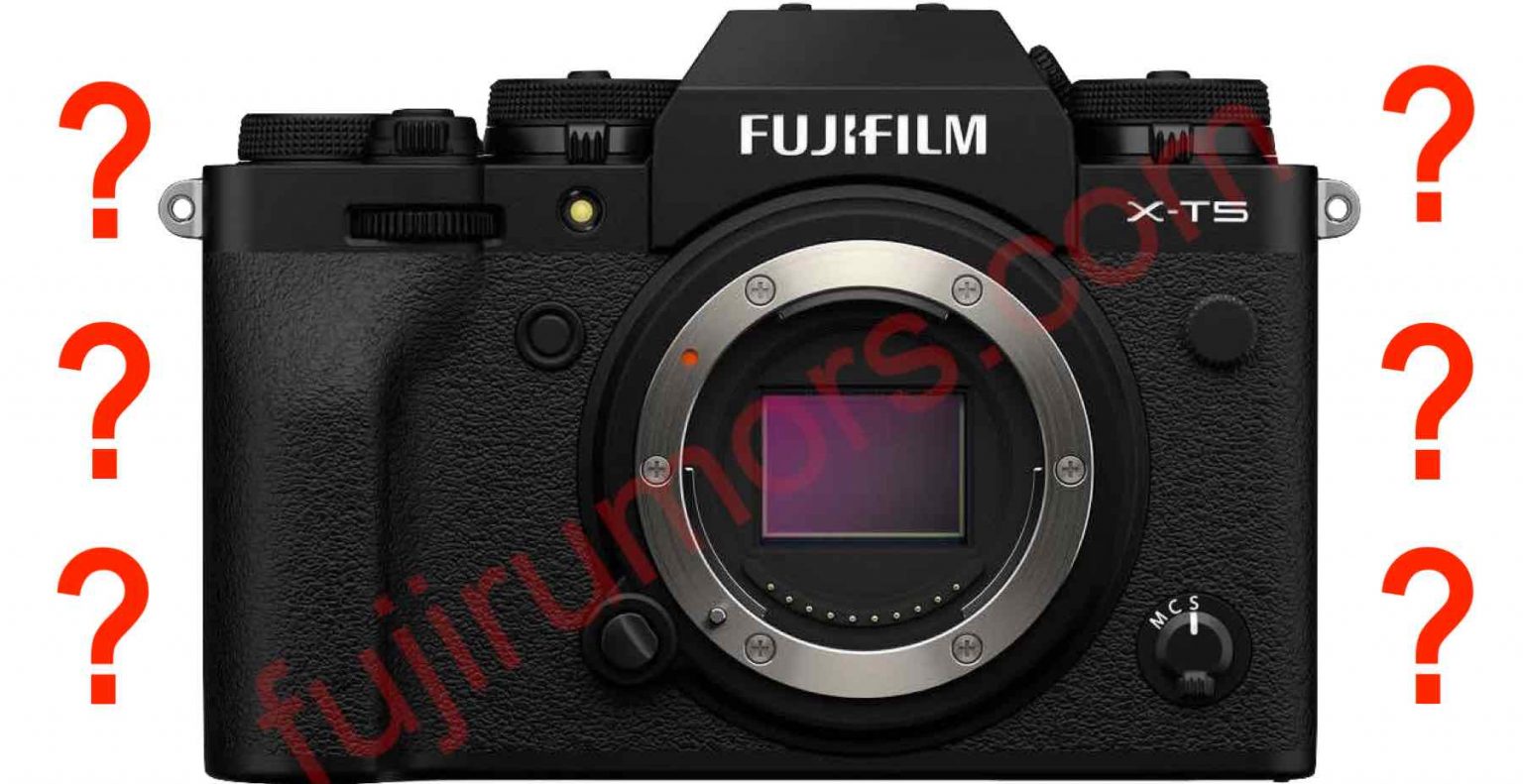Here are the Sony A7rV specs!

On October 26 Sony will announce the new A7rV. SAR spilled out the first specs:
- Same 61MP sensor because all the power goes to the new processor.
- TOTALLY New Autofocus system with AI deep learning
- 8k 24p (cropped)
- 4k60p 4k24p (full read out)
- heat sink design of the Sony A7sIII (up to 30min 8K recording without overheating)
- S cinetone is available
- 8 stop IBIS
- New Pixelshift function with movement correction
- Fully articulating LCD screen
- Body looks like a mix between the Sony A7sIII and Sony A7IV.


